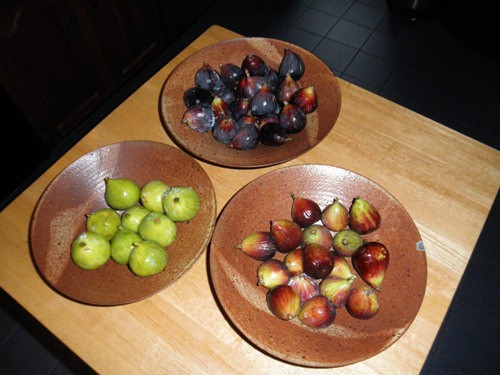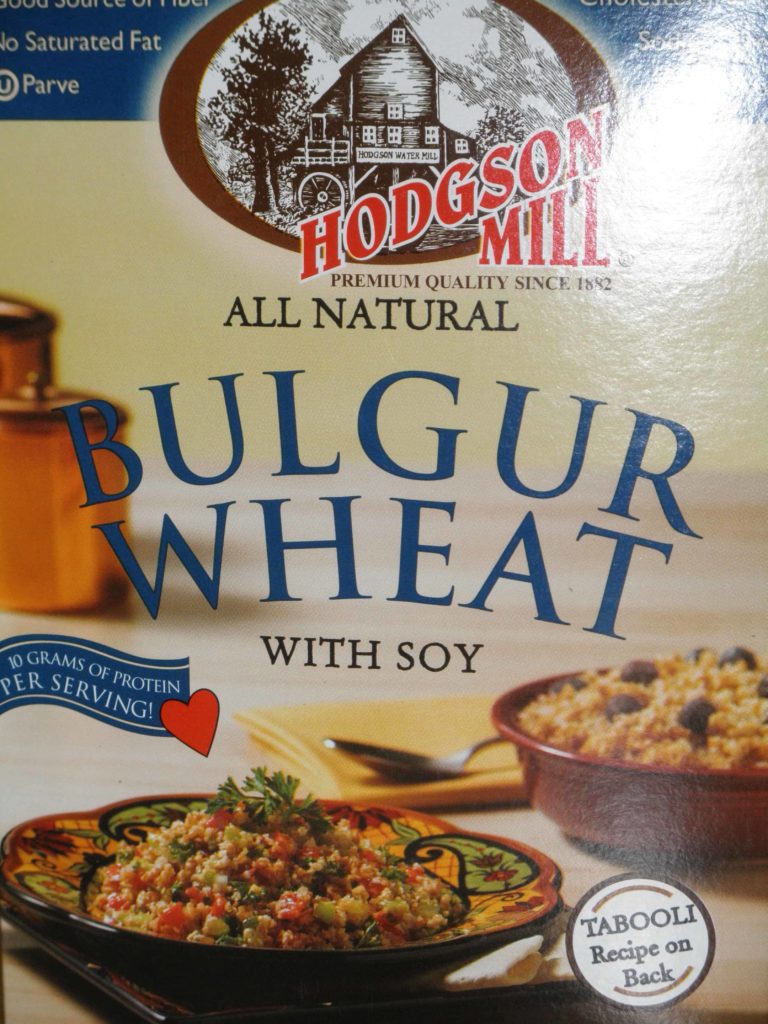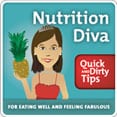 Q. What should I look for when buying fruit juice? For example the “100% pure and natural orange juice” says it contains 0% Vitamin C. How is that possible? Another one provides 100% Vitamin C but from the list of ingredients we see that Vitamin C is actually added.
Q. What should I look for when buying fruit juice? For example the “100% pure and natural orange juice” says it contains 0% Vitamin C. How is that possible? Another one provides 100% Vitamin C but from the list of ingredients we see that Vitamin C is actually added.
A. The USDA considers a half cup of fruit juice equivalent to a serving of fruit but I have my doubts. Processed fruit juice–even 100% juice–is a distant second to fresh whole fruit in terms of its nutritional value. For one thing, fruit juice is a very concentrated source of sugar and calories. All the fiber, which slows the absorption of the sugars in whole fruit, has been removed.
Secondly, many (most?) of the naturally-occurring nutrients are lost during processing, pasteurization, and storage. As you found, manufacturers may compensate for this by adding nutrients back to the juice after the fact. You could get the same benefit from taking a vitamin C capsule.
See also: Juicing for Health and Nutrition
Juice and Diabetes Risk
Nutritionally, I’d rank processed fruit juice only slightly higher than soda and other sweetened beverages. In fact, a large study conducted in China found that people who drink two or more servings of juice a week are 25% more likely to develop Type 2 diabetes compared to those who rarely drink juice. This is consistent with another large 2008 study, which also found that increased juice consumption led to an increased risk of Type 2 diabetes–but that eating more whole fruit decreased diabetes risk.
My Advice?
Eat Fruit; Drink Water. (Same for your kids!)
_____________
My newest book, Secrets for a Healthy Diet: What to Eat, What to Avoid, and What to Stop Worrying About is my essential guide to all the food choices you make every day. Read a sample chapter here.




